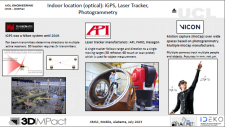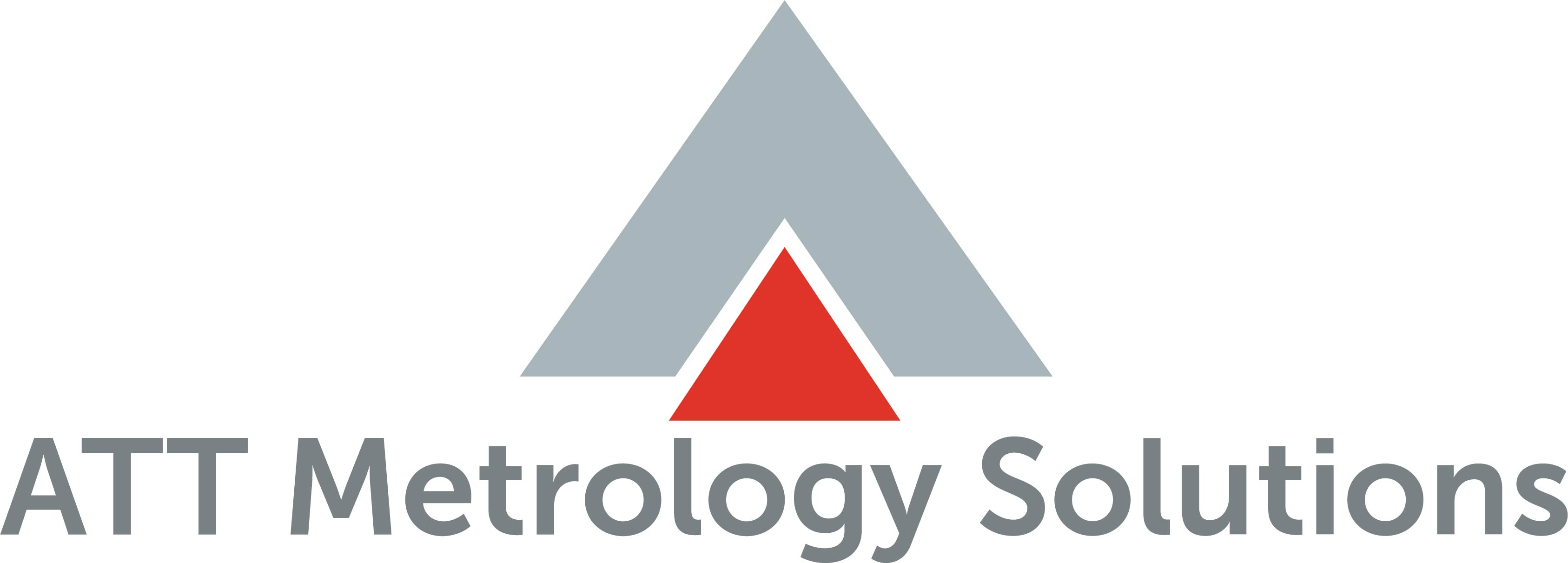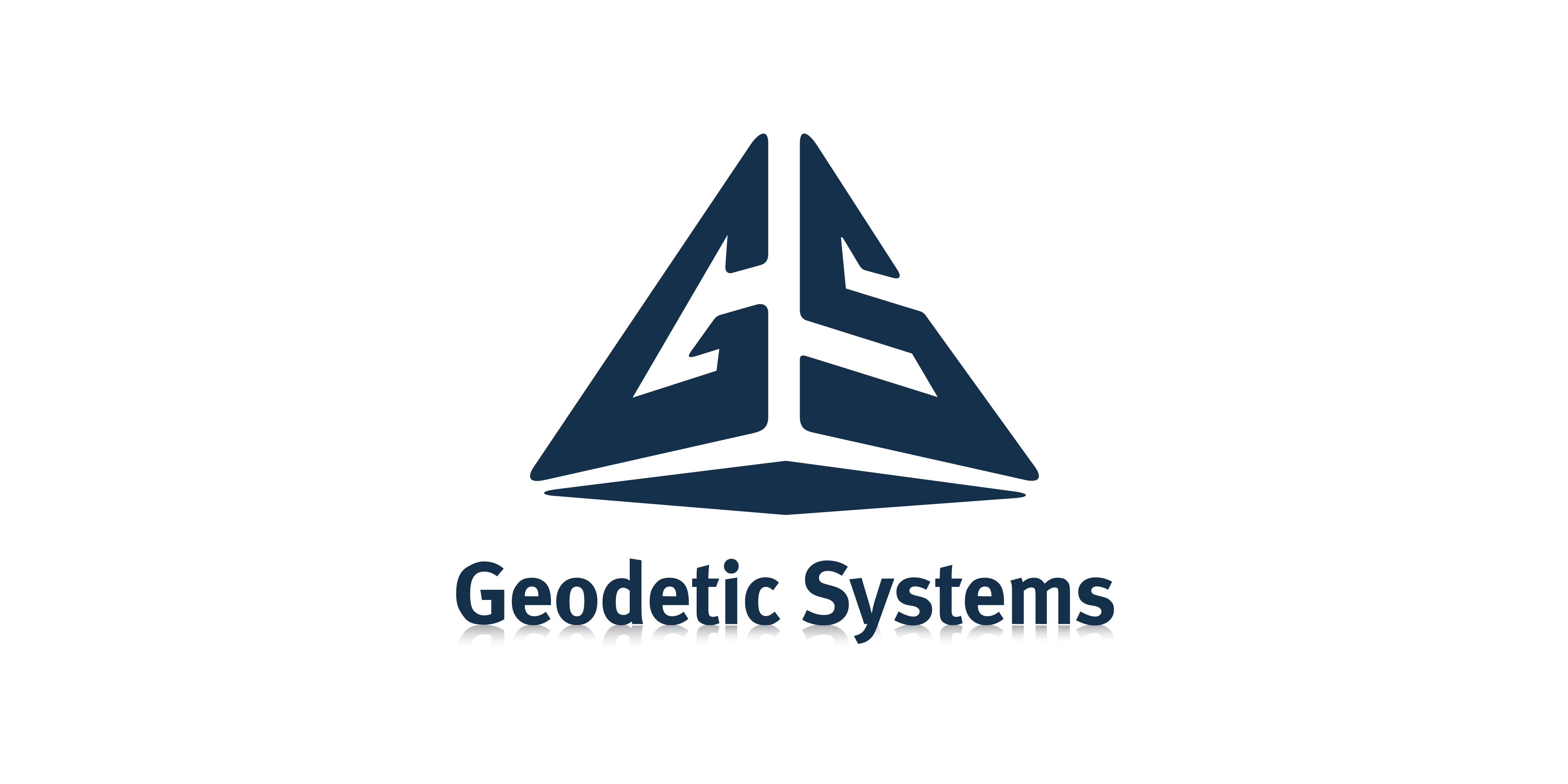
|
Download Members: $0.00 Non‑Members: $75.00 |
Buy Now |
Publication Details
| Published Date: | |
|---|---|
| Authors: | Stuart Robson, Ben Sargeant, Rebekah Smith, Charles Richards, Alberto Mendikute and Pablo Puerto |
| Download Format: |
Abstract
EU project Dynamite, “Dynamic applications of large volume metrology in industry of tomorrow environments” is directed at enhancing the ability to measure size, location, orientation and shape of large objects, assemblies, or large working-volume devices under dynamic situations. The research project addresses the need for systems to bridge the gap between expensive but accurate laser trackers (which track single entities) and cheaper but less accurate moderate speed photogrammetry. Examples of systems being developed include trilateration with ranges measured using frequency scanning interferometry and low-cost large-volume photogrammetry, where multiple synchronised cameras are deployed in triangulation networks. This presentation focusses on low-cost photogrammetry using off-the-shelf components and will include a step-by-step overview as to how the system works, highlighting the key requirements for large volume deployment.
The presentation will draw on EU Dynamite project deliverable: Low-cost photogrammetric tracking of fifty objects giving a 6DoF solution for each at different temporal rates and accuracies. To achieve this, we use six roof mounted cameras and twelve floor standing cameras that are time synchronised together. Image transmission from cameras to host computers is through a combination of 1Gb Ethernet and 5Gb USB3.1 over 60 m fibre optic cables. Working in the same coordinate reference frame, groups of cameras track robots, hand tools, actuators, projection devices and scale bars as they are moved around a 10 x 10 x 5 metre volume in our laboratory. Distributed across three computers, with photogrammetric bundle adjustments running at different rates to suit tracking requirements, this system can coordinate over 800 photogrammetric targets along with the variance covariance matrices describing their quality to estimate 6DoF data for each tracked object. Tracking capability is robust to line of sight, with each tracked object having a minimum of two to all eighteen observations per targets depending on its location within the volume and any occlusions caused by other objects blocking lines of sight. Coordination capability is dependent on triangulation geometry, with estimate standard deviations varying between 0.1 mm to ~1 mm over the working volume. Objects can be removed from view and then placed back into view at a different location with seamless frame rate tracking





